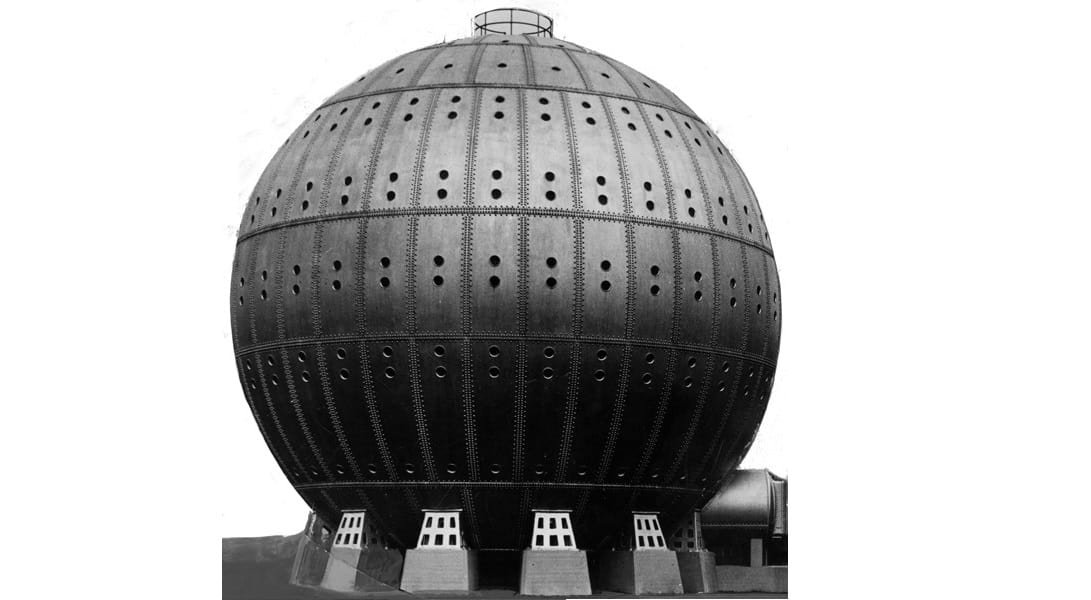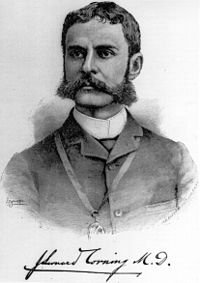When was hyperbaric oxygen therapy invented? A brief History of Hyperbaric Oxygen Therapy

In this article we are going to answer the questions When was hyperbaric oxygen therapy invented by going briefly the history behind this revolutionary treatment.
Hyperbaric Oxygen Therapy (HBOT) is a treatment in which a person breathes 100% pure oxygen while inside a chamber that is pressurized to three times the normal atmospheric pressure, or “ATA.”
When was hyperbaric oxygen therapy invented
Hyperbaric oxygen therapy has been referred to as a fresh take on an earlier, more well-known method. Even though the facts are unclear, it is believed that British doctor Nathaniel Henshaw was the first to create an Hyperbaric oxygen atmosphere using compressed air in a container he called a domicilium.
Although we think of this type of therapy as a recent innovation, his groundbreaking research goes back to 1662.

Around this time, Irish scientist, physicist, and inventor Robert Boyle made the claim that, while temperature is maintained constant, the connection between pressure and volume of a gas is inverse.
Boyle’s theory served as the foundation for many features of Hyperbaric Oxygen Therapy, together with the tiny rise in temperature that occurs within the chamber while receiving treatment.
In spite of a general lack of scientific knowledge or proof on their mechanism of action or usefulness, hyperbaric chambers were being utilized for a variety of ailments by 1877. The two hundred plus years following saw numerous independent reports of the advantages of employing greater pressure for oxygenation.
Due of worries about the toxicity of oxygen, these early chambers instead utilized compressed air. It took German scientists Bernhard and Heinrich Dräger until 1917 to effectively treat decompression sickness caused by diving mishaps using compressed oxygen.

James Leonard Corning, a neurologist, constructed the first hyperbaric chamber in the United States in New York in 1861.
Corning’s curiosity in Hyperbaric Oxygen therapy was sparked by his observations of extreme decompression disease among the Hudson Tunnel construction personnel, who would frequently suffer from extreme muscle pain and paralysis after having to work below water level throughout the day.
The use of these chambers to cure conditions other than decompression illness was subsequently largely discontinued until 1921, when Kansas-based physician Orval J. Cunningham constructed a hyperbaric chamber in Kansas City.
He used his chamber to treat such cases as well as a wider range of nondecompression-related nervous system disorders, but treatments for the latter conditions failed to show much success.
Cunningham constructed the chamber after seeing that the “Spanish influenza” pandemic’s prevalence and death statistics were higher in higher altitudes than in coastal regions, which he ascribed to the barometric pressure.

It has been stated that a sad incident only helped to further justify his ideas in this therapy because he saw some progress with it. The pressure in his chamber suddenly dropped to normal atmospheric levels one night due to a mechanical breakdown, killing everyone within.
Cunningham made the assumption that the Hyperbaric Oxygen therapy had kept his patients alive and that they could not have survived in a setting without it since he did not understand the underlying cause of their deaths.
In 1928, he opened the biggest Hyperbaric chamber in the world in Cleveland, Ohio, near Lake Erie. This 900-ton, million-dollar sphere was 64 feet in circumference, Five floors high, and had Twelve beds on each story.
The Cunningham Sanitarium was the name of the building, and it was regarded as the “first effort in human history to shelter people in such a novel construction.”

However, historical documents show that the clinic treated patients with a range of ailments, but specifically concentrated on diabetes. Little is known about the therapies the facility really offered.
Cunningham was of the opinion that many diseases, such as diabetes and cancer, are brought on by anaerobic organisms that can be eliminated by exposure to oxygen; however, the American Medical Association criticized him for failing to provide evidence to support his assertions that Hyperbaric Oxygen is effective, despite repeated requests.
The chamber was afterwards very briefly in operation until it was demolished for scrap metal in 1937.
Albert Behnke and Louis Shaw expanded on the Drägers’ work for decompression disease in the same year and substituted oxygen for compressed air. As a result of their study, the first nitrogen-oxygen mixes were used, and hyperbaric treatments could be adjusted based on the degree of the damage.
The use of Hyperbaric Oxygen to treat medical diseases other than decompression sickness did not regain widespread interest until 1956, when Dutch cardiac surgeon Ite Boerema published a study on the substance’s usage as a tool in cardiopulmonary surgery.
Later, further encouraging studies on Hyperbaric Oxygen therapy were published, including one by Willem Brummelkamp, a colleague of Boerema’s, who found that Hyperbaric Oxygen therapy may prevent anaerobic infections in 1961.
Since then, a variety of medical problems, including carbon monoxide poisoning, infections, wound healing, and trauma, have been treated with Hyperbaric Oxygen therapy.
READ ALSO: Hyperbaric oxygen therapy: What is it and what are its benefits?
Final Take
Although the specific mechanism of Hyperbaric Oxygen Therapy’s effect is still not entirely known, a number of facts seem to support its advantages.
Nowadays, Hyperbaric Oxygen Therapy is proven by various scientific studies to treat or help a number of conditions and also aid in longevity by reducing inflammation, restoring damaged stem cells and by activating a protein that is essential for the repair of DNA.
If you enjoyed our article on when was hyperbaric oxygen therapy invented, feel free to share it with your friends, family or likeminded people.
With information from hmpgloballearningnetwork.com
